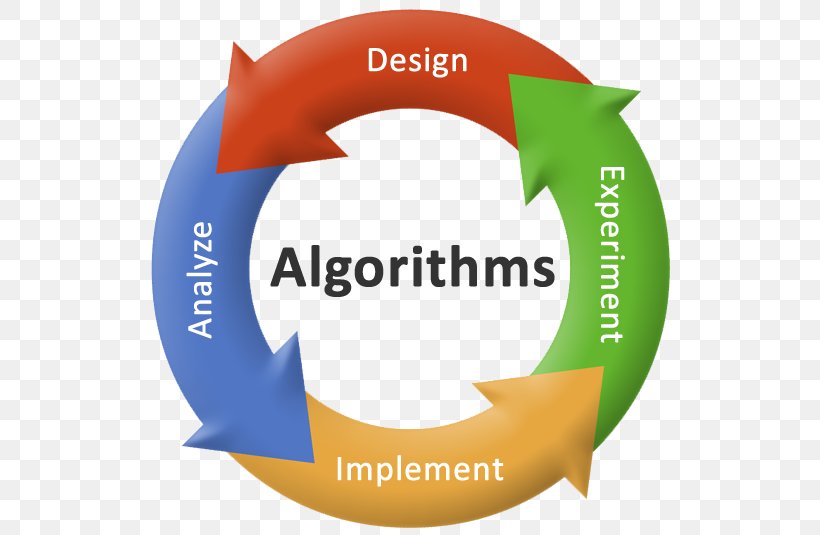What is an Algorithm?
An algorithm is a step-by-step procedure to solve a particular problem. It's a set of rules that precisely defines a sequence of operations.
What is Algorithm Design?
Algorithm design refers to a method in which we create a step-by-step procedure to solve a particular problem. It involves identifying and understanding a problem, and then coming up with a solution that can be effectively implemented using programming languages.
Principles of Algorithm Design
- Input and output definition: An algorithm should have clearly defined inputs and outputs.
- Definiteness: Each step in an algorithm should be clear and unambiguous.
- Finiteness: The algorithm should terminate after a finite time.
- Effectiveness: The algorithm should solve the problem it was intended to solve.
Common Algorithm Design Techniques
- Divide and Conquer: This technique involves dividing the problem into smaller sub-problems until they can be solved easily.
- Dynamic Programming: This technique solves complex problems by breaking them down into simpler overlapping sub-problems, storing the results of each sub-problem to avoid redundant computation.
- Greedy Algorithms: These algorithms make the locally optimal choice at each step in the hope that these local choices will lead to a global optimum.
- Backtracking: This involves exploring all possible options and then backing up, or "backtracking," whenever it determines that the current solution cannot be continued into a complete one.
The "Cheating" Technique
The "cheating" technique in algorithm design is not about dishonesty. It's a term used to describe an approach where we avoid doing a certain amount of work by using results from previous computations, or by using a more efficient, albeit possibly more complex, method to solve a problem.
Writing a Machine Learning Algorithm
Writing a machine learning algorithm involves defining a model, selecting an appropriate learning algorithm, and training the model using a dataset. The complexity of designing such algorithms depends on the problem at hand, the chosen model, and the learning algorithm.
Learning Problem Solving and Algorithm Design Techniques
To start learning problem-solving and algorithm design techniques to ACM-level, you can begin with understanding basic data structures and algorithms. Practice problem-solving on platforms like Codeforces, LeetCode, and HackerRank. Reading ACM-ICPC related books and participating in contests can also be beneficial.
Genetic Algorithm: An AI Technique
Yes, the Genetic Algorithm is an AI technique. It is a search heuristic that is inspired by Charles Darwin’s theory of natural evolution. This algorithm reflects the process of natural selection where the fittest individuals are selected for reproduction to produce the offspring of the next generation.
Overcoming Challenges in Algorithm Design
If you're struggling with coming up with a solution for algorithm design, but can understand the code when you see it, it might be beneficial to work on problem-solving techniques. Practice decomposing problems, understanding the problem domain, and try to implement solutions on your own. Remember, practice is key when it comes to mastering algorithm design.



